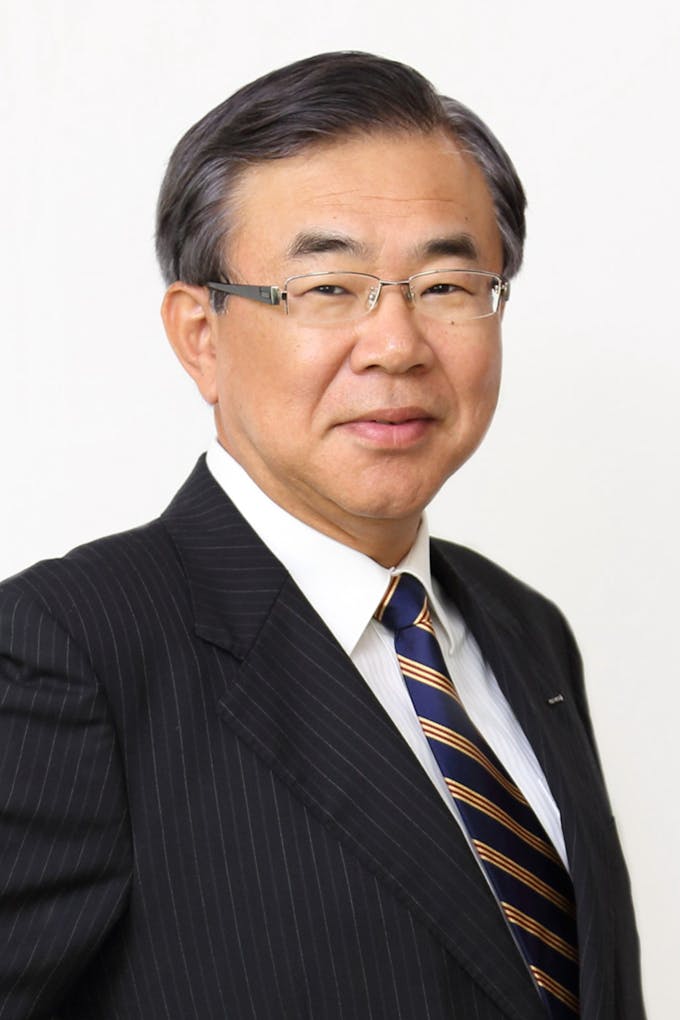Millennials don’t want to come into the office at 9am, turn on their computers, and stay rooted to their work stations until 5pm, says the Asia Pacific head of Fuji Xerox.
This was an insight that led to the launch of its Smart Work Gateway in November last year, which is the latest phase of evolution for the 55 year-old Japanese firm from a maker of printers and copiers into an end-to-end document manager and tech solutions provider, says Masashi Honda, president Asia Pacific Operation, Fuji Xerox Asia Pacific.
“I oversee 12 operations in 12 countries and two business operations, and a large direct sales force that is there not only to offer our solutions but to listen to customer. Since a few years ago we began speaking to our customers about the kind of system they wanted, and they told us they wanted a flexible solution for work,” Honda explains.
From this feedback, the idea was passed on to the company’s research and development team, which later came up with Smart Work Gateway. The solution is a one-stop platform for access to cloud services, such as Google Drive and Salesforce, and multifunctional devices that print and communicate. It gives someone working remotely the same access to the documents, tools and services that he or she would be privy to when based in the office, all with a single, secure sign-in.
The Smart Work Gateway was a response to customer demand in an environment where work habits have changed, and no group embodies this shift more than Gen Y, now more commonly known as Millennials. People today want flexibility to work on the go, whether it’s in the airport or in a cafe, notes Honda.
Businesses can streamline work processes through the use of Smart Work Gateway, free up valuable time, and provide a better work-life balance for their employees as a result, says Honda.
And it is this determination to creating value for the customer that has underpinned Fuji Xerox Asia Pacific’s transformation over the years. From their Asia Pacific headquarters in Singapore, beyond running regional sales and service operations, innovation for the region and globally is driven by a slew of research projects.
Value creation and innovation
The roll-out of Smart Work Gateway is the latest innovative development in Fuji Xerox’s history of shaking up its business model to ensure that it continues to deliver value to customers.
When Fuji Xerox started out in 1962, the company launched a new copier every three years and with technological advances introduced colour copiers and Wi-Fi connected printers over the years.
“The environment is changing today with the Internet and mobile trends. If we just stick to the business of manufacturing devices, the customer will think ‘Fuji Xerox needs to reduce price’ - the value exchange is falling,” says Honda of Fuji Xerox’s drive to innovate and transform its business model.
With that, the company began enhancing its standalone copiers into devices with functionalities such as document management, remote printing, increased security and now, increased collaboration and connection to cloud systems via Smart Work Gateway.
“Value creation is crucial to business transformation,” says Honda, who adds that evolving from copier manufacturer to document management solutions provider has been a continual process and it is “difficult to identify precisely when we started to transform our business”.

Masashi Honda, president Asia Pacific Operation, Fuji Xerox Asia Pacific
But in order to predict, understand and keep pace with global trends, Fuji Xerox makes substantial investments in research and development and opened an innovation centre in Singapore in October 2015. It is the third such facility having set up R&D centres in Yokohama, Japan and Palo Alto in the United States.
By being based in Singapore, the centre is able to tap on a strong ecosystem of technology vendors, start-ups, SMEs and institutes of higher learning and customers in the Asia Pacific region to explore and demonstrate the feasibility of ideas in helping customers resolve business challenges. So far the Singapore innovation office has developed solutions for teleconferencing to connect people working remotely, including a wearable telepresence device that allows one party to guide another through the former’s environment, and a tabletop telepresence solution for users to interact and exchange tangible objects during video conferences such as documents.
The Japanese firm invests some 163 billion yen, or about US$1.4 billion, in research and development every year, according to Honda.
Asked why Fuji Xerox chose to base its latest innovation office in Singapore, he says the city-state offered strategic benefits such as its strength in the information communications technology industry as well as government support.
Honda, who has lived in Southeast Asia for 20 years including stints in Thailand and Malaysia, adds that Fuji Xerox continues to reap rewards from headquartering its Asia Pacific office in Singapore.
“Government support is always very strong, for instance we received support from the Economic Development Board during the launch of the innovation office in Singapore.,” he shares. “Singapore has also become the choice of many MNCs looking to establish their presence in the region, giving us opportunity for a wider source of collaboration.”
Singapore’s infrastructure and diversity - some 16 different nationalities work at Fuji Xerox Asia Pacific offices - are also attractive points. He says: “It’s very comfortable to run a business in Singapore. There have been many unforeseen incidents happening around the world this century, but Singapore remains a very safe environment for foreigners and their families.”
This article was first published on Future Ready Singapore. Visit the website to sign up for its newsletter.

















